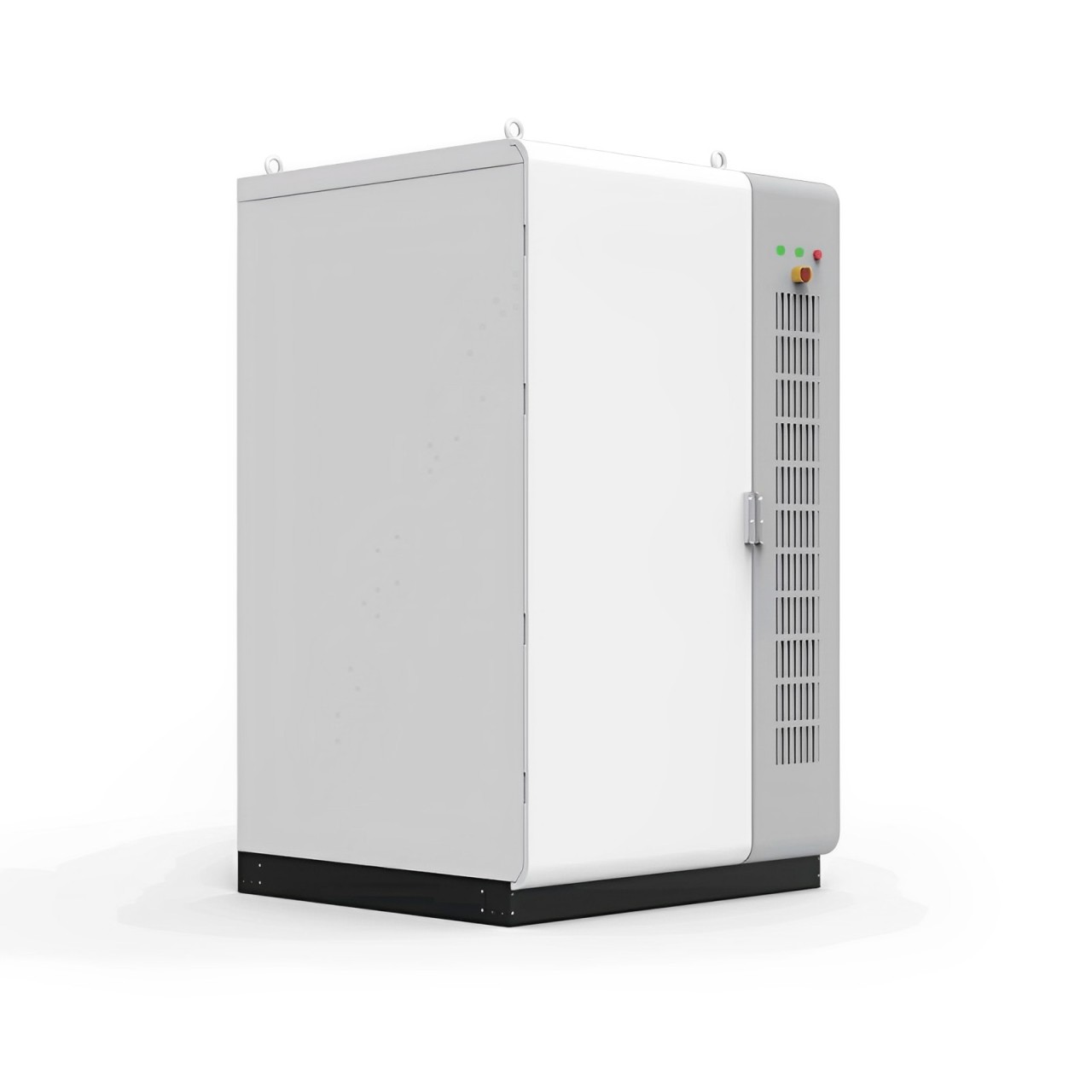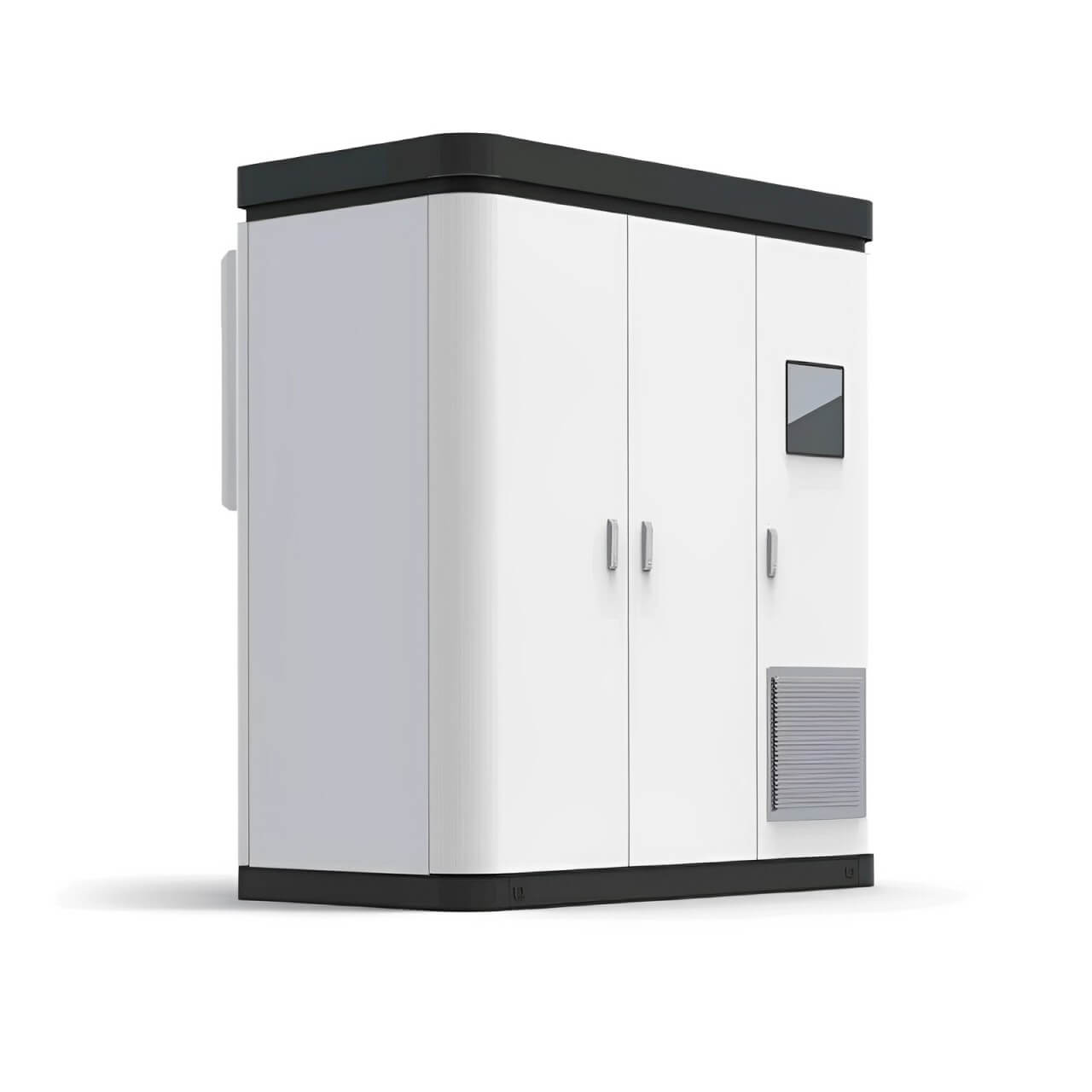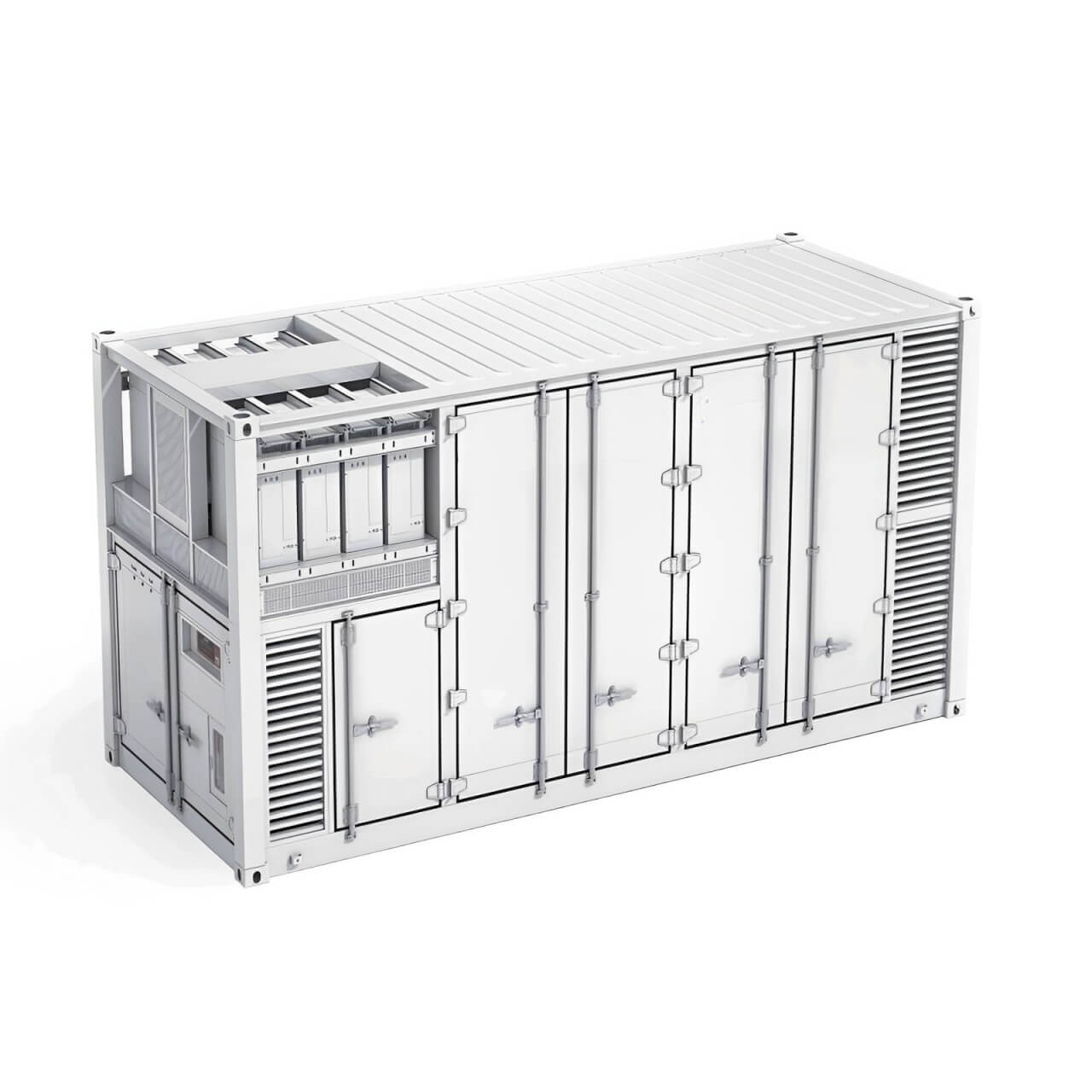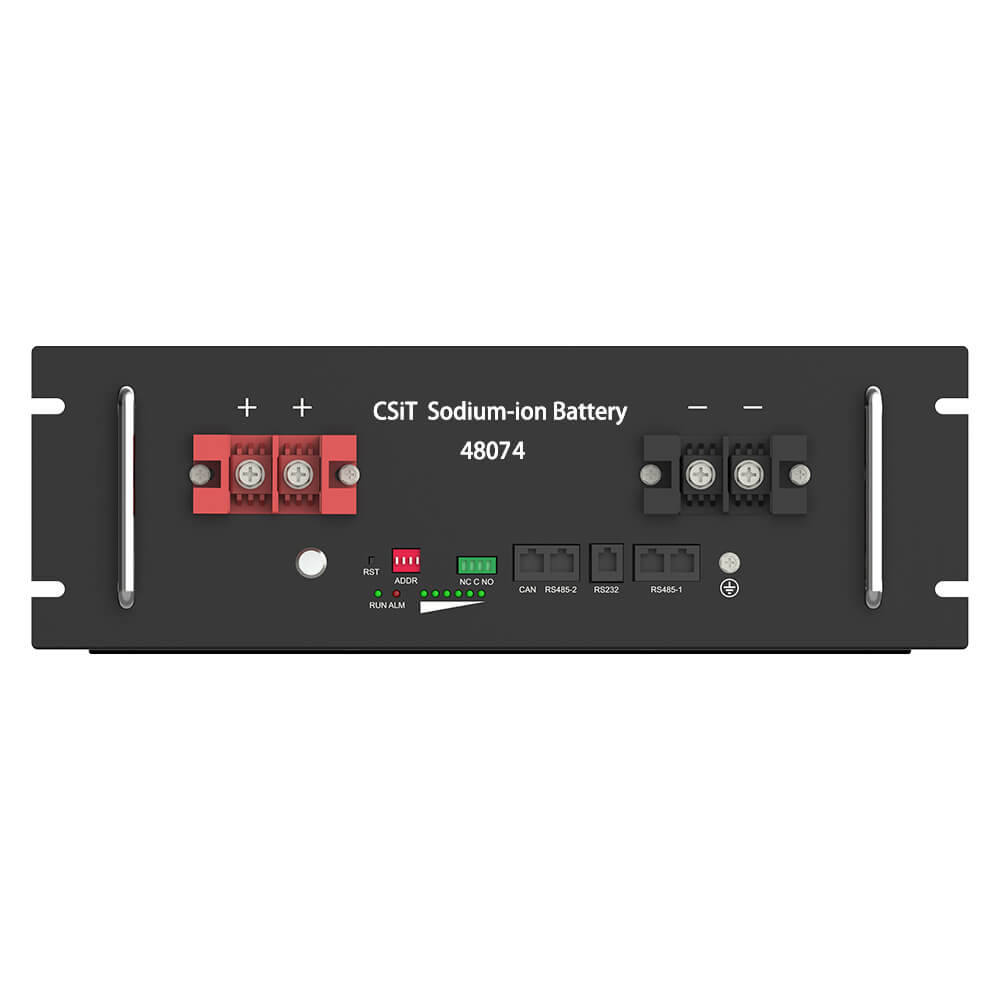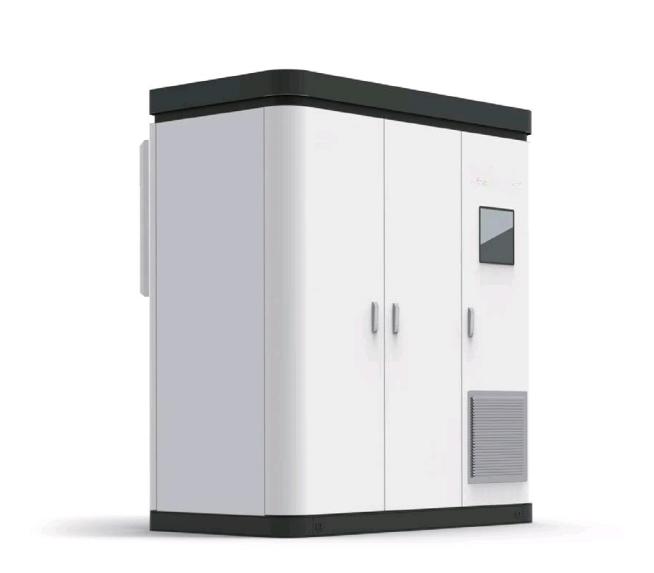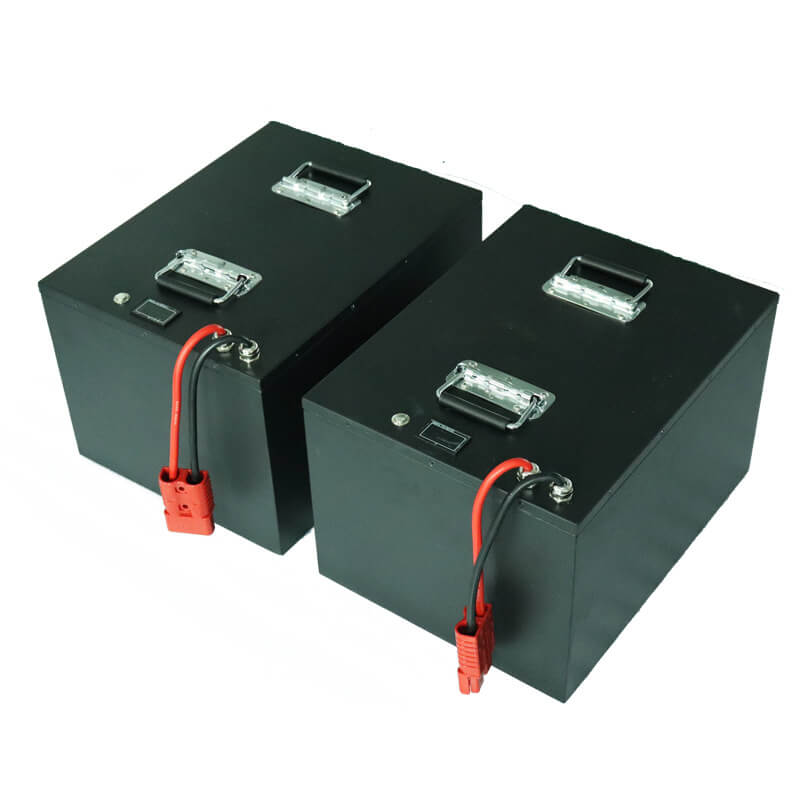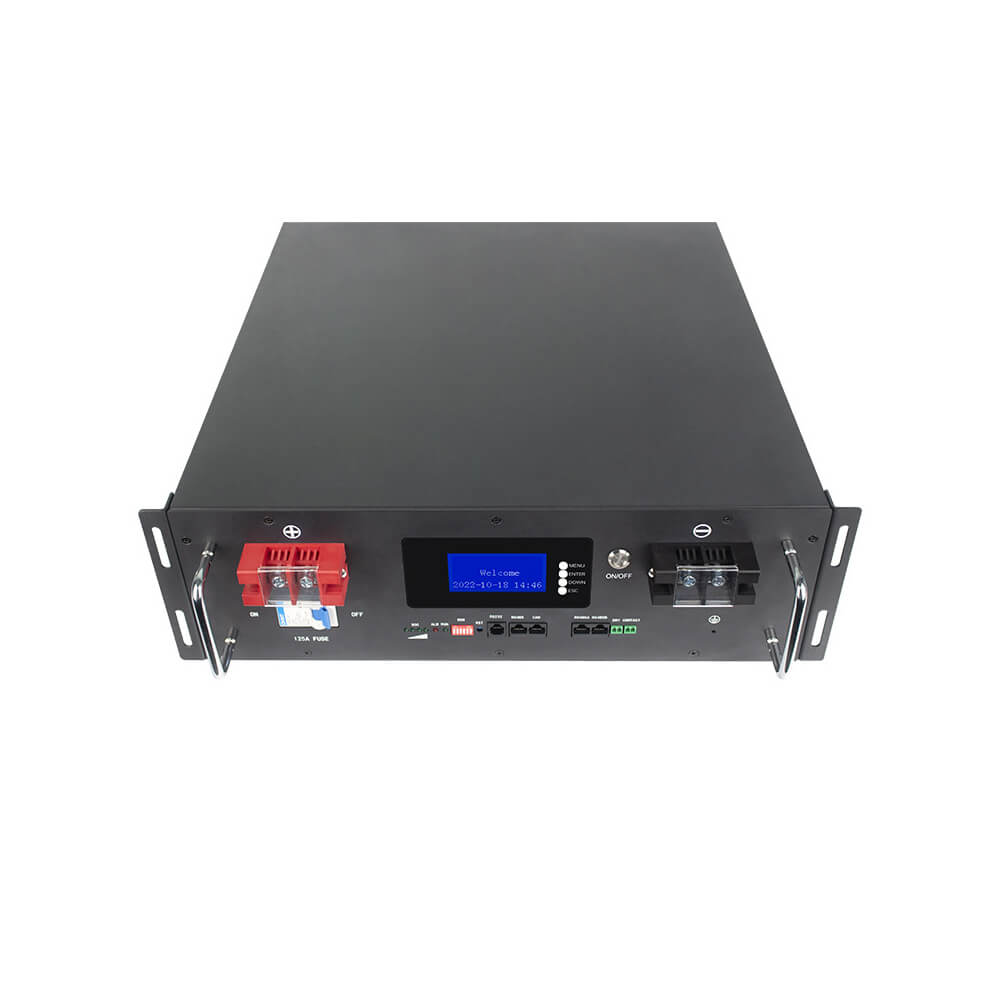Why are sodium-ion batteries so popular? What are their advantages and disadvantages?
As the electrification trend of the automotive industry gradually deepens, the technological development of power batteries has also begun to accelerate. At present, new energy vehicles on the market are basically equipped with power batteries with lithium ions as charge carriers. For a time, lithium resources were in short supply and prices were rising, resulting in the continuous rise in the manufacturing cost of lithium-ion batteries. In fact, due to the very limited global lithium mineral resources, the market has been actively exploring alternatives to lithium-ion batteries. Among them, sodium-ion batteries have received more attention in the past two years, especially after entering 2023, and news about sodium-ion batteries "getting on board" has come one after another in the industry. CSIT China Sodium Ion Battery Manufacturer will talk about why sodium-ion batteries have received so much attention? Compared with lithium-ion batteries, what are its advantages and disadvantages?
1. What is sodium-ion battery?
The research and development of sodium-ion batteries started at the same time as lithium-ion batteries, but at that time, due to technical bottlenecks and performance gaps, it has not been widely used. With the advancement of science and technology, some technical bottlenecks have been gradually overcome, the energy density of sodium-ion batteries has been increasing, and the driving range has also been broken. In addition, since the reserves of sodium ore on the earth are much higher than those of lithium ore, the cost of manufacturing sodium-ion batteries is much lower than that of lithium-ion batteries, so replacing lithium with sodium has become a new power battery technology route.
1. Concept and working principle
Sodium-ion batteries are very similar to lithium-ion batteries. They both rely on the movement of metal ions in the battery to achieve charging and discharging. At the same time, they are both secondary batteries, which are also called rechargeable batteries by the public. To put it bluntly, they are types of chemical batteries that can be used repeatedly. One of the main differences between sodium-ion batteries and lithium-ion batteries is that the charge carriers are different. The electrode material in sodium-ion batteries is sodium salt.
The working principles of sodium-ion batteries and lithium-ion batteries are very similar. During charging, sodium ions are removed from the lattice of the positive electrode active material, and the potential of the positive electrode increases. At the same time, sodium ions further migrate to the surface of the negative electrode in the electrolyte and embed into the lattice of the negative electrode active material. In this process, electrons flow from the positive electrode to the negative electrode through the external circuit, causing the negative electrode potential to decrease, thereby increasing the voltage difference between the positive and negative electrodes and realizing the charging of the sodium ion battery; during discharge, the migration of sodium ions and electrons is the opposite, and the sodium ions are removed from the negative electrode and re-embedded into the positive electrode active material lattice after passing through the electrolyte. Electrons flow from the negative electrode to the positive electrode through the external circuit, providing energy to the electrical equipment connected to the external circuit to do work, completing the discharge and energy release of the battery.

2. Positive electrode material route
Compared with traditional lithium-ion batteries, sodium-ion batteries have another important difference in addition to the difference in electrolyte, which is the difference in positive electrode materials. Currently, they are mainly divided into three types: Prussian positive electrode, layered oxide positive electrode and polyanion positive electrode. Among them, the Prussian positive electrode is a compound composed of sodium and ferrocyanide, which is usually blue, has the characteristics of high voltage and high energy density, and has a simple preparation process and low cost; the layered oxide positive electrode is composed of sodium and copper oxide, iron, manganese, nickel and other metals, and has the characteristics of high energy density and long cycle life; the polyanion positive electrode material is sodium iron phosphate and sodium vanadium phosphate, etc., which has high safety and long life.
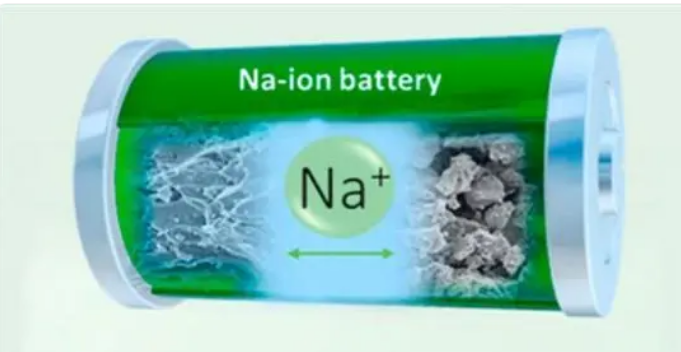
II. Advantages and shortcomings of sodium-ion batteries
1. Advantages of sodium-ion batteries
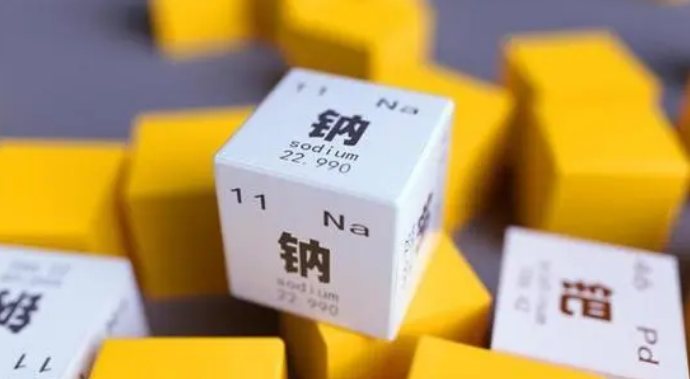
· Low cost and stable price
The reserves of sodium in the earth's crust are about 2.36%, which is more than 400 times that of lithium. It is a metal with extremely abundant reserves and is widely distributed. At the same time, the positive electrode of sodium-ion batteries does not require the use of rare precious metals such as cobalt and nickel, and the preparation is relatively simple, which further reduces the manufacturing cost and dependence on resources. In addition, since the working principle and structure of sodium-ion batteries are similar to those of lithium-ion batteries, they can be produced using existing lithium-ion battery production lines, which can also save some equipment investment.
·Good low-temperature performance, and the low-temperature capacity retention rate is higher than that of lithium iron phosphate batteries
Compared with common lithium-ion batteries, sodium-ion batteries have better performance at low temperatures. Since some materials with more stable physical properties are used in the electrolyte and electrode materials of sodium-ion batteries, they perform well in extreme low-temperature environments. In addition, its battery capacity retention rate at low temperatures is also higher than that of lithium iron phosphate batteries in the same environment. In simple terms, the "power loss" will not be as fast as that of lithium iron phosphate batteries.
·Good safety performance, not prone to thermal runaway under extreme conditions
Sodium-ion batteries are safer because they have a higher internal resistance, less heat generation and lower temperature rise during short circuits, and are not prone to thermal runaway. At the same time, they also show a fairly high stability in tests such as overcharging, over-discharging, short circuiting, puncture, and extrusion. In addition, sodium-ion batteries can also achieve 0V transportation, which greatly reduces the risk of transportation. In contrast, there are many accidents of spontaneous combustion of models equipped with ternary lithium batteries on the market when collisions occur.
·Fast charging speed
In terms of fast charging capability, sodium-ion batteries have a faster charging time. Taking the first generation of sodium-ion batteries from CATL as an example, the battery can reach more than 80% after charging for 15 minutes at room temperature. In comparison, even with the support of DC fast charging, the currently mass-produced ternary lithium batteries usually take 30 minutes to charge from 20% to 80%, while lithium iron phosphate takes about 45 minutes. Therefore, sodium-ion batteries also have obvious advantages in terms of energy replenishment efficiency.
2. Shortcomings of sodium-ion batteries
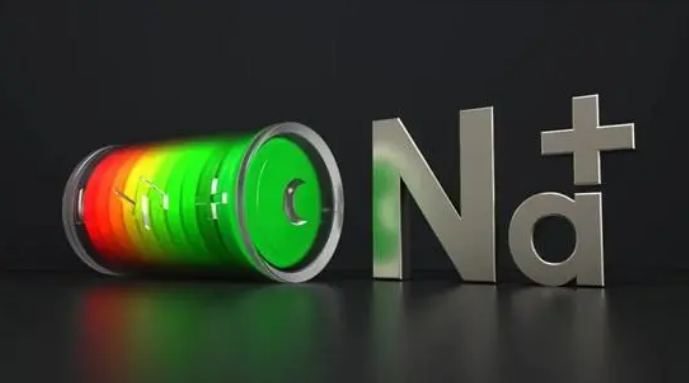
·Short cycle life
Currently, the cycle life of lithium iron phosphate batteries has reached 6,000 times, while the cycle life of sodium-ion batteries can only reach 2,000-3,000 times, which is still a big gap from the former. In addition, according to the energy storage requirements of more than 10 years or even more than 20 years, the current cycle life of sodium-ion batteries still cannot be met.
·Low energy density
This is also the difficulty of technological breakthroughs for sodium-ion batteries at this stage. At present, the performance of sodium-ion batteries is still at a disadvantage compared to common lithium-ion batteries. According to known data, although the energy density of CATL's first-generation sodium-ion battery has reached 160Wh/kg, the ternary lithium in the lithium-ion battery camp has reached 300Wh/kg.
· Imperfect upstream raw material industry chain
At present, its related industry chain is not perfect. In terms of positive and negative electrode materials, battery-grade raw materials (sodium carbonate, iron oxide) have not yet reached mature commercialization, while the negative electrode is limited by the lack of mainstream raw materials for carbon sources. In terms of electrolytes, sodium salts also have no mature commercial products. Fortunately, the synthesis of sodium salts is relatively simple and has a strong possibility of industrialization.
· Shortage of professional and technical talents
The industrialization development of sodium-ion batteries is in its early stages. Whether it is research and development, production or maintenance and after-sales, its related talents are very scarce. This is mainly due to the high threshold of the technology, the difficulty of maintenance and the long training cycle. Therefore, the contradiction between the supply and demand of talents related to sodium-ion batteries is relatively large, and the market is in urgent need of more professional and technical talents.
III. Application of sodium-ion batteries in automobiles
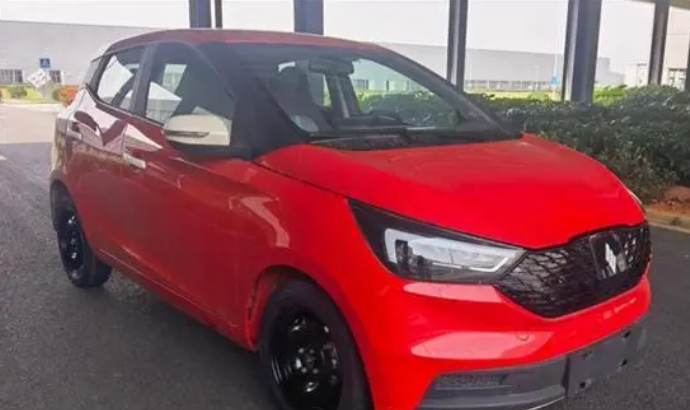
1. What kind of cars are sodium-ion batteries suitable for? What models will be equipped with them?
·What kind of cars are sodium-ion batteries suitable for?
Through the above analysis, we can see that although sodium-ion batteries have received increasing attention in recent years, the market level will not form explosive growth in the short term. The reason is that it is difficult to achieve major breakthroughs in the short term due to the low energy density and short cycle life of sodium-ion batteries. Combining the above characteristics of sodium-ion batteries, the development status of new energy models and the current market environment, sodium-ion batteries are currently more suitable for being installed in pure electric micro-cars or small cars with shorter driving range and lower price thresholds.
·What models will be equipped with them?
At present, automotive sodium-ion batteries have gradually been implemented. The closest ones are Jiangling Yichi Yutu and Chery QQ Ice Cream, which have appeared in the 372nd batch of "Announcement on Road Motor Vehicle Production Enterprises and Products" of the Ministry of Industry and Information Technology. These two models are equipped with sodium-ion power battery packs from Farasis Energy and CATL respectively. Among them, Jiangling Yichi Yutu is expected to have a range of 300km. In addition, models such as JAC Y3 and BYD Seagull are also expected to start carrying sodium-ion batteries in the future.
2. In the automotive field, what development space does sodium-ion battery have?
At present, due to some characteristics of sodium-ion batteries, they can only be used in the low-end pure electric vehicle market. Because the energy density of sodium-ion batteries is the upper limit, it is difficult to achieve major technological breakthroughs. What if sodium-ion batteries want to develop in the high-end automotive market? Perhaps the hybrid route is a good choice. First of all, of course, the cost is low. Secondly, hybrid models do not need too much battery capacity. In addition, they have the advantages of fast charging speed and high safety. In addition, the good low-temperature performance of sodium-ion batteries also makes them more applicable in cold areas.
In addition, the mixed use of sodium ions and lithium ions is also a new technical route. The advantage of such a mix is that it can increase the energy density of the battery system, so that the application of sodium-ion batteries is expected to be expanded to models with a range of 500km. Previously, CATL officially claimed that it pioneered a battery pack integration technology, that is, arranging two different cells in a single battery pack, which can be either iron-lithium + ternary or lithium battery + sodium battery, which is called the "AB battery system solution". This solution has been verified in the mass-produced models of the NIO brand. The 75kWh ternary iron-lithium battery pack used is a mixture of lithium iron phosphate cells and a small number of ternary lithium cells.
Sodium-ion batteries are not new products. Research has been carried out as early as the 1970s. With the development of science and technology, the performance of power batteries used in new energy vehicles is destined to get better and better, but the premise still depends on the characteristics of the core materials of chemical batteries. Sodium-ion batteries have good performance in terms of cost, safety and charging efficiency. Of course, it still has some shortcomings, but it can still be used in depth in some aspects. With the continuous breakthroughs in battery technology, sodium-ion batteries are expected to shine in the automotive field in the future.

 简体中文
简体中文 Russian
Russian French
French German
German Japanese
Japanese Korean
Korean Arabic
Arabic Spanish
Spanish